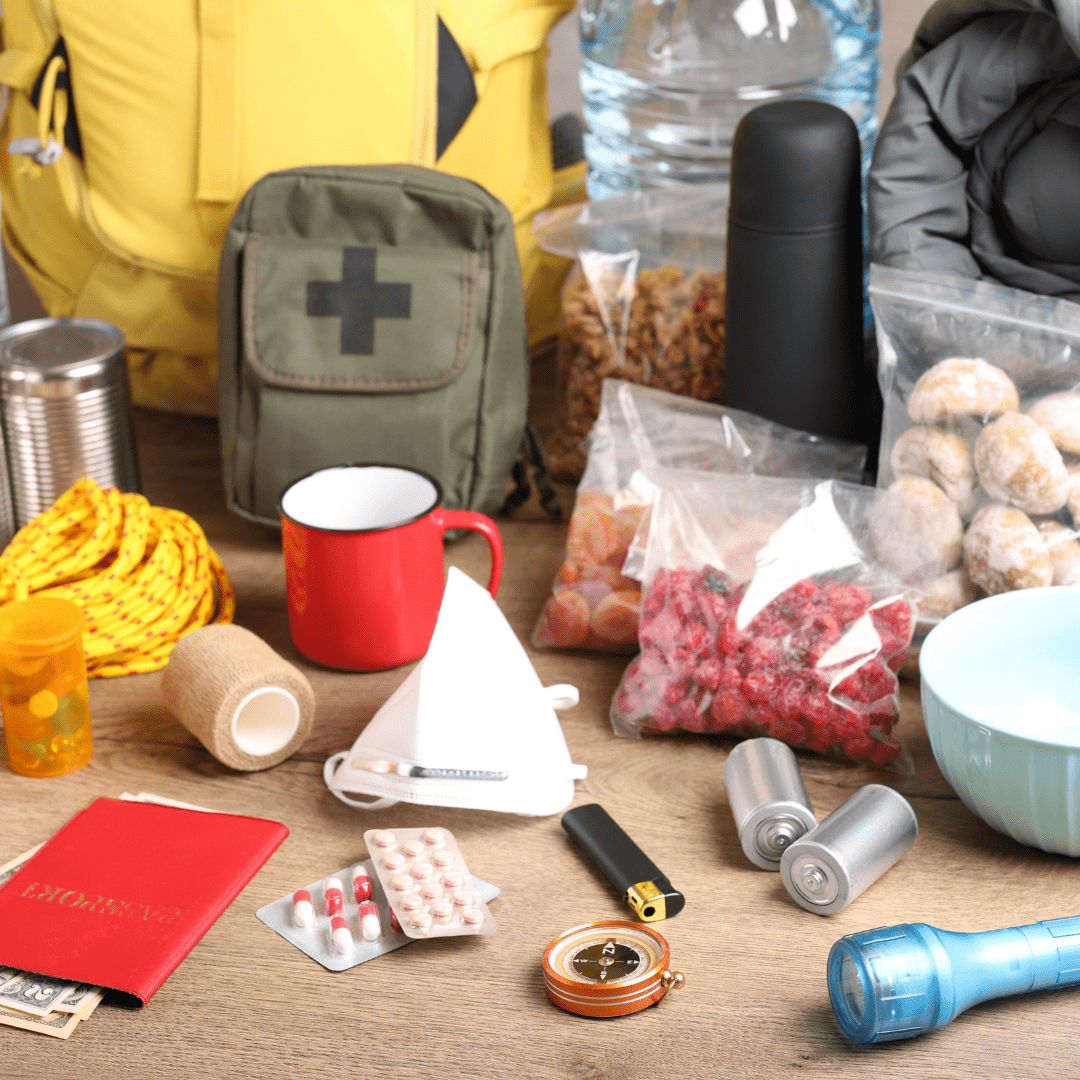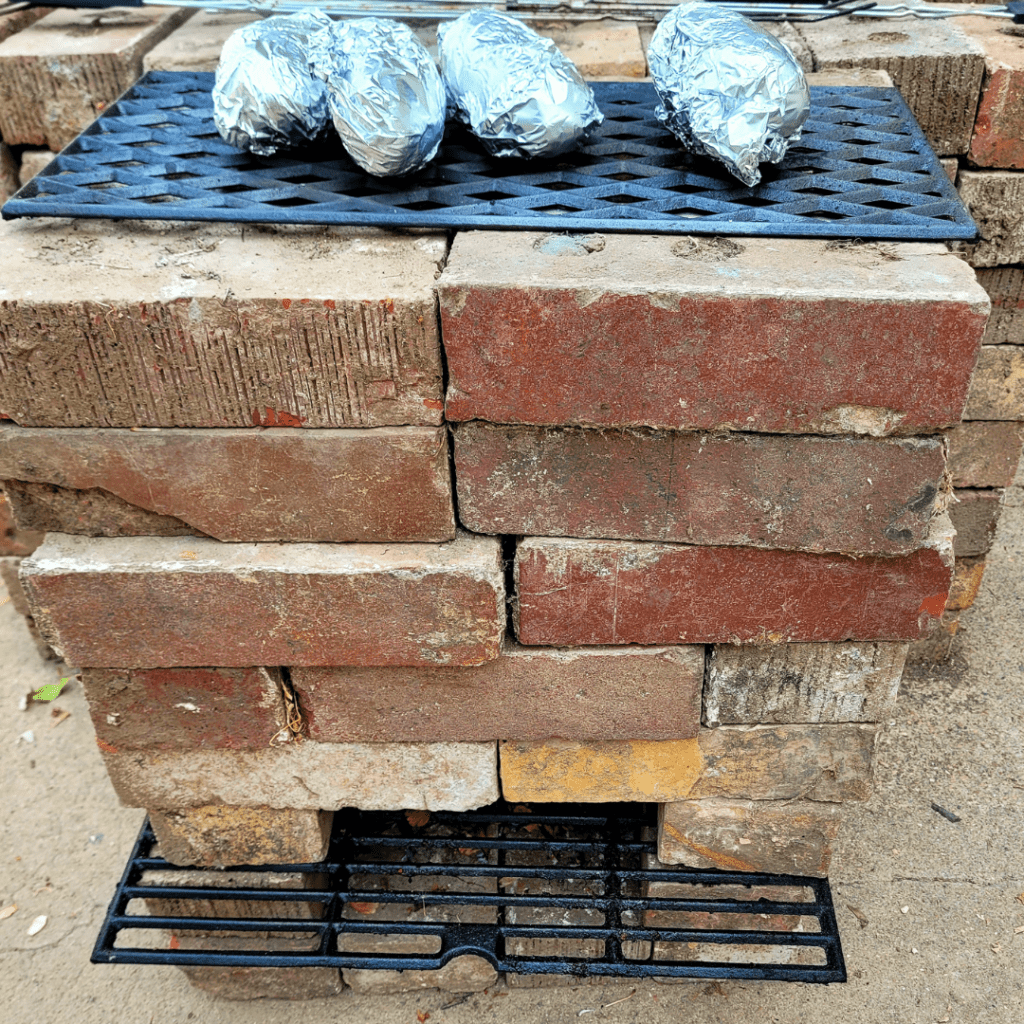What Should Be in a 72-Hour Survival Kit? A 72-hour survival kit should include essential items like food, water, first aid supplies, emergency tools, and personal hygiene products to help you stay safe and self-reliant during disasters. Whether you’re preparing for a natural emergency or unexpected crisis, this guide breaks down the must-have items every survival kit needs—plus gear recommendations to help you build yours today.
Being prepared for emergencies is the most important thing you can do for yourself and your family. While long-term preparedness is ideal, even prepping for a 72-hour emergency situation can save your life and your family’s lives. Most emergency situations can last up to three days. Prepare yourself now with a 72-hour survival kit that is ready to go when you have to go.
Perhaps evacuation orders were given in your area for an upcoming natural disaster, and you need to hop on the plane fast. Having a prepared and well-stocked 72-hour survival kit ready to go is essential. It is also a good idea to prepare them for airport security approval, so even less worry about getting through security fast!
Keep reading to learn more about what should be in a 72-hour survival kit.
This is a pinnable post. Tap or hover over any image in this post to pin to your Pinterest Boards.
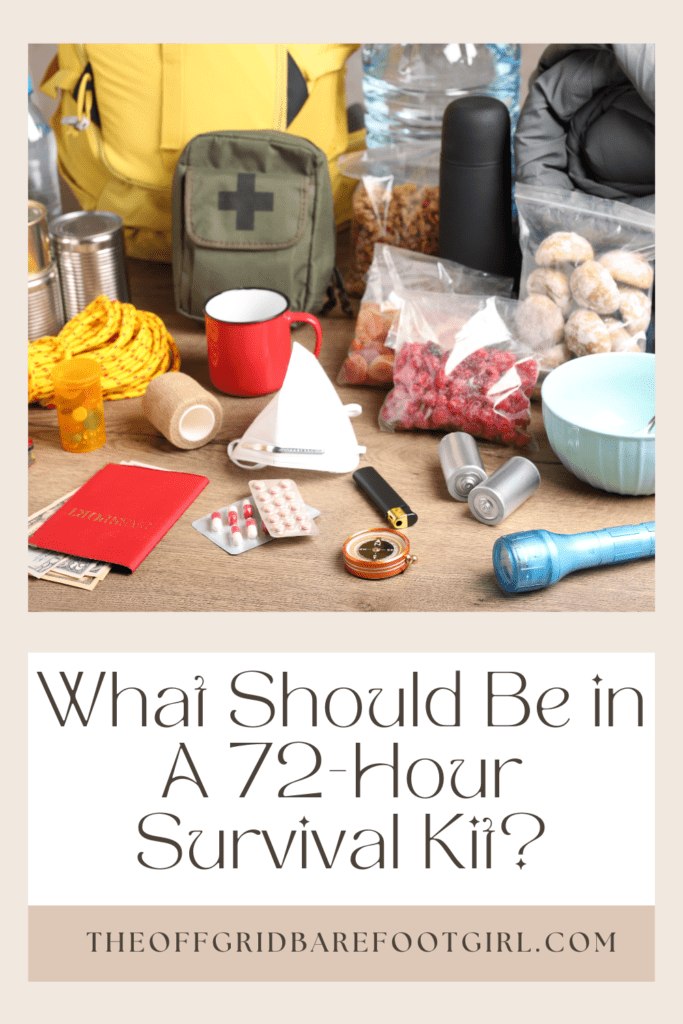
Introduction to 72-Hour Survival Kits
In times of emergencies, natural disasters, or unforeseen circumstances, having a well-equipped 72-hour survival kit becomes crucial for ensuring the safety and well-being of yourself and your loved ones. A 72-hour survival kit, also known as a bug-out bag or go-bag, contains essential items that can sustain you for at least three days during an emergency situation.
In this article, I will explore the key components and considerations for assembling a comprehensive 72-hour survival kit, covering everything from food and water supplies to tools, shelter, first aid, communication devices, personal hygiene items, and important documents. By preparing a well-thought-out survival kit, you can increase your chances of survival and comfort during challenging times.
Importance of Having a 72-Hour Survival Kit
You might wonder, “Why should I bother with a 72-hour survival kit?” Well, emergencies come unannounced, and you never know when you might find yourself in a situation where electricity, food, or water supply is disrupted. Having a prepared kit ensures that you have the necessary supplies to survive and stay comfortable for at least three days.
Moreover, during evacuation scenarios, such as hurricanes or wildfires, time is of the essence. Having a pre-packed survival kit eliminates the need to scramble for items, allowing you to focus on your safety and the safety of your loved ones.
Understanding the Purpose and Scope of a 72-Hour Survival Kit
Before you start assembling a 72-hour survival kit, it’s essential to understand its purpose and scope. The kit is designed to provide the basic necessities needed for survival, such as food, water, shelter, and tools, for a short-term emergency. While it may not cover all your long-term needs, it serves as a vital lifeline until further assistance or resources become available.
Think of the kit as your survival insurance policy. It should contain items that are easy to carry, durable, and have a long shelf life. Adaptability is key because you cannot predict the specific circumstances you might face during an emergency. By being proactive and creating a well-equipped 72-hour survival kit, you are taking a significant step toward ensuring your safety and well-being.
Essential Food and Water Supplies
When it comes to survival, food and water are at the top of the priority list. In a 72-hour survival kit, it’s crucial to include supplies that can provide sustenance and hydration during an emergency.
Calculating and Storing Adequate Water Supply
Water is undoubtedly the most critical item in any survival kit. The average person requires at least one gallon of water per day, considering drinking, cooking, and basic hygiene needs. For a 72-hour kit, a minimum of three gallons per person is recommended. Keep in mind that individual requirements may vary based on climate conditions and personal health.
When storing water, use food-grade containers that won’t contaminate the water. Make sure to check and replace the water every six months to ensure freshness. To supplement your water supply, consider including water purification tablets or a portable water filter for emergency situations where clean water might not be readily available. I’ll go over more on this later with items you can place in your kit.
Non-Perishable Food Items for a 72-Hour Kit
Choosing the right food items for your survival kit is essential. Opt for non-perishable goods that require little to no cooking and have a long shelf life. Some examples include energy bars, canned foods, dried fruits, jerky, nuts, and instant meals. Don’t forget to pack a manual can opener and utensils, as they can be easily overlooked, but are crucial for accessing and consuming your food supplies.
Remember to consider any specific dietary needs or allergies when selecting food items for your kit. It’s always a good idea to rotate your food supplies regularly to ensure freshness and avoid any unpleasant surprises when it’s time to rely on them.
Necessary Tools and Equipment

In survival situations, having the right tools can make a world of difference. Whether it’s for building shelter, starting a fire, or accomplishing essential tasks, having a compact and versatile set of tools is crucial.
Basic Tools for Survival
A basic survival kit should include a sturdy knife, a waterproof lighter or matches, and a compact flashlight with extra batteries. These tools are essential for various tasks such as cutting ropes, starting fires for warmth or cooking, and providing light during nighttime emergencies.
Multi-Purpose Tools for Versatility
To maximize space and functionality, consider adding multi-purpose tools like a Swiss Army knife or a multi-tool. These handy gadgets often feature various tools such as pliers, screwdrivers, and bottle openers, and can be invaluable in a survival situation.
Remember, the goal is to have tools that are lightweight, durable, and capable of assisting you in multiple scenarios. By investing in quality tools, you can enhance your chances of overcoming challenges and ensuring your survival.
Emergency Shelter and Warmth
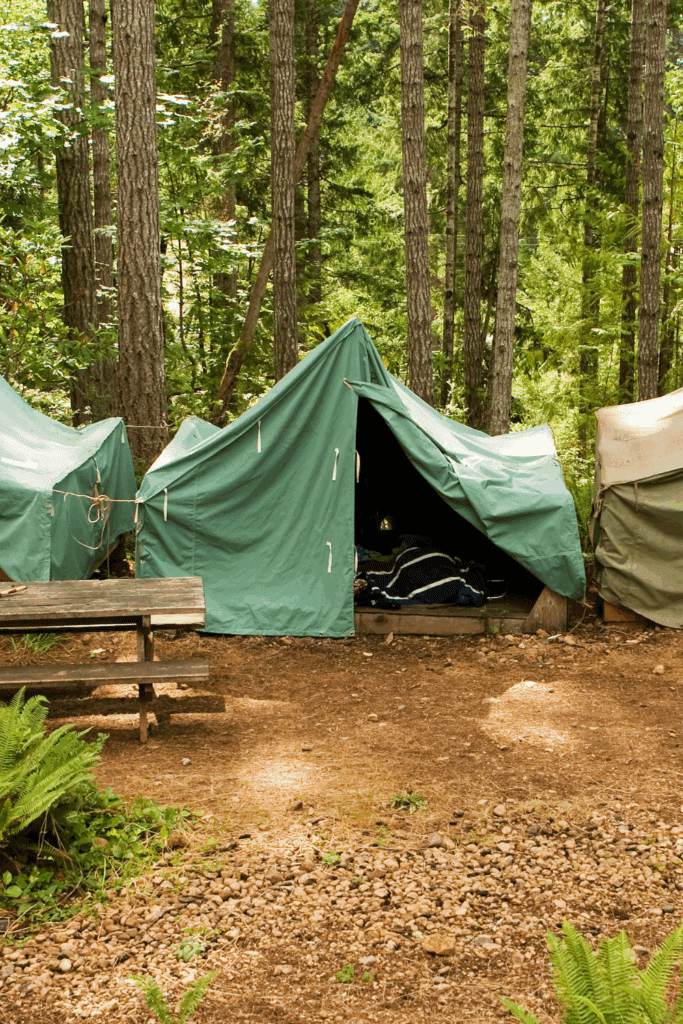
Having a secure and comfortable shelter is crucial during emergencies, especially in situations where you might be exposed to harsh weather conditions or forced to evacuate.
Lightweight Tents or Emergency Blankets
Including a compact and lightweight tent in your survival kit can provide you with a sense of security and protection from the elements. Look for tents that are easy to set up and can withstand various weather conditions. Alternatively, emergency blankets made of Mylar material can also serve as a lightweight and space-saving option for creating a temporary shelter. More on the types of items available for your kit will be discussed further along in this post.
Sleeping Bags and Insulation for Cold Weather
In colder climates, a warm and insulated sleeping bag is essential for retaining body heat and ensuring a good night’s sleep. Look for sleeping bags designed for low temperatures and prioritize insulation and water-resistant features.
Additionally, consider including extra layers of clothing like thermal underwear, extra socks, and hats. These items can help you stay warm during chilly nights or unexpected drops in temperature.
Remember, your survival kit should cater to your specific needs and circumstances. It’s always a good idea to review and update your kit periodically, replacing expired items and adjusting it based on changes in your environment or personal requirements. Stay prepared, stay smart, and remember, survival can be tough, but with the right kit, you’re one step closer to being a modern-day MacGyver!
First Aid and Medications
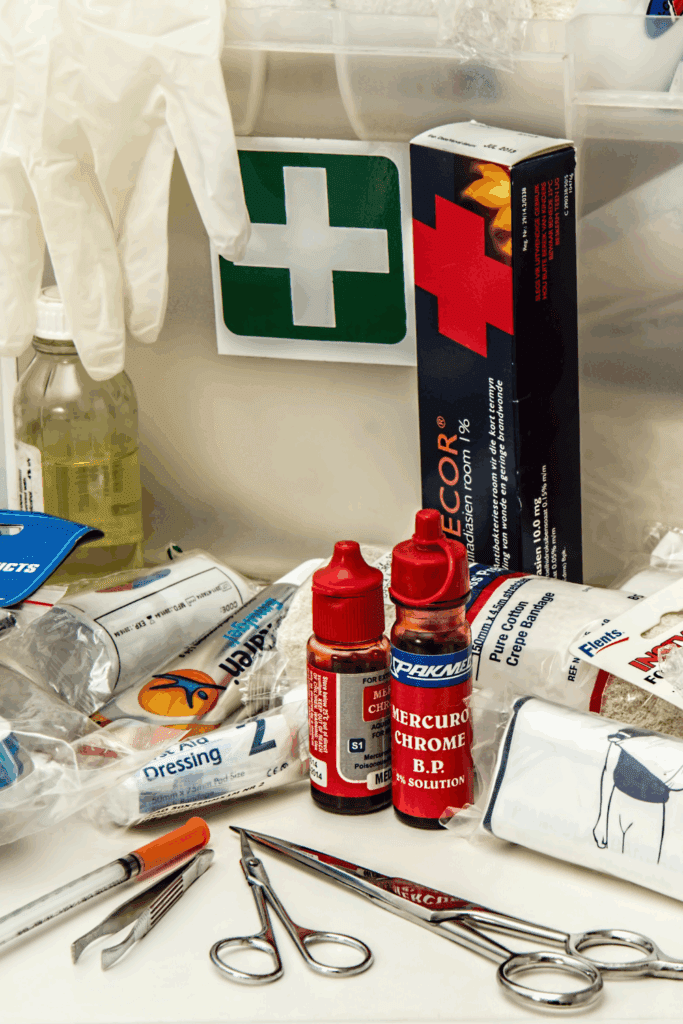
Comprehensive First Aid Kit Essentials
When disaster strikes, it’s essential to have a well-stocked first aid kit at your disposal. Make sure your 72-hour survival kit includes bandages, gauze pads, adhesive tape, antiseptic wipes, and ointments for treating minor injuries. Don’t forget to include items like scissors, tweezers, and disposable gloves for added convenience. Remember, you don’t have to be a doctor to patch up cuts and scrapes!
Medications and Personal Prescriptions
If you or your family members rely on daily medications, it’s crucial to have a supply of these in your survival kit. Consider including a week’s worth of prescription medications, along with over-the-counter pain relievers, antihistamines, and any other necessary medications. Don’t forget to rotate these medications periodically to ensure they remain effective. After all, surviving the apocalypse is hard enough without a splitting headache!

Portable Radios or Walkie-Talkies
Staying connected with the outside world during an emergency is vital. Include a portable radio or walkie-talkies in your survival kit to stay updated on news, weather conditions, and emergency alerts. You never know when you might need to tune in for some post-apocalyptic tunes or to call for backup against the zombie invasion!
3When roads are impassable and landmarks no longer exist, a GPS device or compass becomes your best friend. These tools can help you navigate unfamiliar territory and find your way to safety. Just remember, even the most advanced technology can fail, so it’s wise to have a good old-fashioned compass as a backup. Besides, channeling your inner explorer has a certain charm in this survival scenario!
Personal Hygiene and Sanitation Supplies
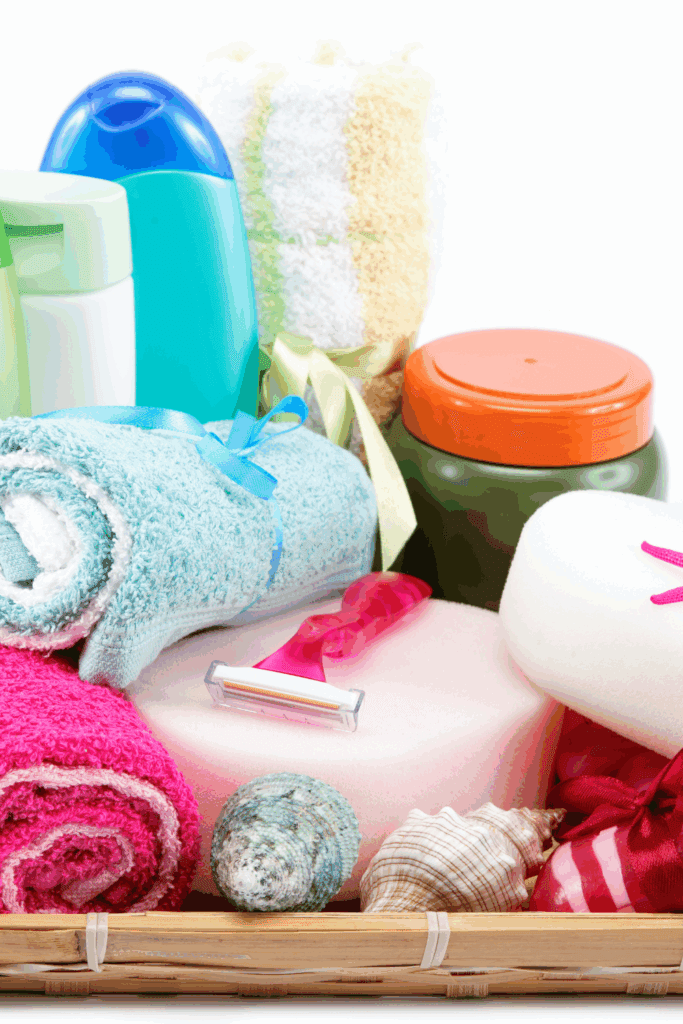
Basic Hygiene Products
Just because the world has gone haywire doesn’t mean you have to let personal hygiene slip away. Include essentials like soap, toothpaste, toothbrushes, hand sanitizer, and menstrual products (if applicable) in your survival kit. A clean body and fresh breath can do wonders for morale, even in the face of an impending alien invasion!
Waste Disposal and Sanitation Items
Maintaining proper sanitation is crucial for the health and well-being of you and your fellow survivors. Pack garbage bags, disposable gloves, and toilet paper to ensure you can dispose of waste safely. If you want to go the extra mile, consider adding a portable camping toilet or plastic bags for makeshift bathroom arrangements. Remember, being resourceful and creative doesn’t always mean sacrificing comfort!
Important Documents and Cash
Essential Personal Documents
In the midst of chaos, it’s easy to forget about important documents. Keep copies of identification cards, passports, insurance policies, and other crucial documents in a waterproof container within your survival kit. These documents can be invaluable in proving your identity or accessing important information in the aftermath of a disaster. Plus, you never know when you might need to prove your worthiness to join a secret underground society!
Cash and Emergency Funds
When ATMs are out of order and credit cards become useless, good old cash is king. Include a stash of small bills and coins in your survival kit to ensure you can access supplies or services that may not accept electronic payments. Additionally, consider keeping some emergency funds separate from your everyday finances. You never know when you might need to bribe a mutant squirrel for safe passage!
Whole Family 72-Hour Survival Kit Products
All-In-One Family of Four Survival Kit
Sometimes, a natural disaster can happen unexpectedly in the middle of the night, such as a tornado. Having a well-stocked 72-hour survival kit for your whole family can help save your life. If your kitchen and pantry have been destroyed and all your food and water have been scattered everywhere, some relief can be found in your survival kit, which can provide food, water, and warmth for everyone for up to 72 hours until help arrives, if you have prepared well.
One of the best ways of preparing a 72-hour survival kit is to buy a pre-made kit that has a bag included, stuffed with survival materials. Also, it is a good idea to have your survival kit in a ready-to-go bag should you need to evacuate your home and get everyone to a safe area, especially if there are crumbling buildings or flood waters.
It is ideal to ensure your bag is waterproof to keep everything inside safe during a storm or flood. It is also important to stuff it full of survival materials for everyone in your family for at least 72 hours. Having a 72-hour survival kit to take on camping trips is also ideal for any situation where you will be away from your home.
Kids’ 72-Hour Survival Kit Products
Kids Survival Kit
Help give your kids peace of mind during a crisis situation by supplying them with their own 72-hour survival kit built for kids. When kids feel safer and know they have their own personal safety supplies, they will remain less stressed, and it helps keep the whole family calm with clear minds for survival. Kids will feel more secure and comfortable facing any emergency situation knowing they have their basic supplies all to themselves.
While providing your kids with their own 72-hour survival kit, be sure to include some time-passing activities to help keep their minds busy while waiting for help. Pack their survival kit bags with busy trinkets like stretchy noodles, jumbo lacing beads, pom pom tubs, finger puppets, twisty sticks, squishy animals, suction stackers, playdough, spin tops, etc.
There will most likely be no cell phone or WI-FI services or electricity for at least 72 hours if a storm or natural disaster has occurred. Your children’s devices will not work. You can be better prepared to help keep them busy with a small bag of fun toys and activities.
- Help keep your kids busy and calm with time-passing activities.
- Provide a sense of security for your kids with their own survival items.
Necessary Food 72-Hour Survival Kit Products
72-Hour 4-Person Emergency Food Kit
Bunkering In
It is wise to stockpile 72-hour survival kits both for bunkering in and bugging out. There are plenty of products on the market that can help you build a 72-hour survival kit, including complete kits. Stockpiling 72-hour survival kits in large family-sized buckets to keep in your pantry that will last for years is a smart idea. This is especially good in cases where you are in a lockdown situation and the stores are not open or have nothing available.
Remember how difficult shopping was during COVID? Most of us usually only keep enough food in our homes to last us about three days to a week before we need to head to the store. This is particularly why I discuss stockpiling a survival pantry in your home as a must!
3-Day Family Emergency Food Ready-to-Go Bag
Bugging Out
While having food stockpiled in your home for lockdown situations, it is also smart to have one ready to go. Your items should be in a ready-to-go bag. You may not be able to take along a big, heavy food bucket. You could, however, put it in your car and go. However, if there are flood waters and you are unable to drive out of your area, you will need a bag. Your bag should have everything your family will need once you get to a safer area or until help arrives.
Your bug-out bag should be loaded with light food and water pouches that are easy to carry. You do not want to pack heavy food cans and water bottles that will bulk up your bags. It will just leave no room for enough food or water for everyone. Plus, it will be super heavy to carry!
- Bunker in with a 4-person emergency food kit filled with ready-to-heat and eat meals.
- Bug out with a family-sized bug-out bag filled with food, water, and medical supplies.
Emergency Shelter Products
2-Person Emergency Tents
Having an emergency shelter stored in your bug-out bag is smart. The market offers a two-person life tent that can be easily stored in a bag. Ensure you store enough life tents for everyone in your family. These tents can help keep you out of the elements until help arrives.
You may need to evacuate your area because of dangerous situations or flood waters. The airports may be closed due to bad weather. Therefore, you may need to take up camp somewhere until help arrives. My sister and her family had to evacuate their home during Hurricane Ian in 2022. The airports were closed for obvious reasons.
They needed to get to higher ground. They were able to get to a safer area, although they still endured the eye of the hurricane. Read more about how my family survived a category 4 hurricane for more helpful prep tips and ideas.
How My Family Survived a Category 4 Hurricane: Survival Tips.
- Keep lightweight and compact life tents in your 72-hour survival kit, enough for everyone.
- Be prepared to set up camp in a safe area and wait for help. At least you have your bug-out bag!
Emergency Water Supply 72-Hour Survival Kit Products
72-Hour Emergency Water Supply Pouch Kit
Lightweight and compact water pouches are important to keep in your bug-out bag. As previously mentioned, pouches are lighter than water bottles and more compact. This means you can carry more water in your bag for everyone. Water pouches usually have about a five-year shelf life.
Water is the most important thing you need to stockpile in your 72-hour survival kit. Without water, you and your family will become severely dehydrated quickly. Stive to stockpile more water pouches than food pouches if you are short on resources.
- Store lightweight and compact water pouches that have a five-year shelf life.
- Ensure enough water for everyone for 72 hours.
Personal Hygiene Kits Products
Hygiene Kits for Everyone (Airport Approved)
Personal hygiene kits are a necessity to keep in your 72-hour survival kit. Keeping everyone clean and sanitary in an emergency situation can help keep everyone healthy. Grab pre-made hygiene kits that are airport-approved to help get everyone through security quickly. Sometimes, during evacuations, airport security can delay you and your family by not packing qualified items. Prevent this by keeping an airport-approved bag ready to go at all times. This is a sure way to get you and your family out of your dangerous area quickly.
Provide personal hygiene kits for your kids that are also ready to go. When kids have their own personal care products, they will feel calmer, comfortable, and safe. It is important to keep kids calm during emergencies to be able to survive and get everyone to safety without fussing with kids.
Learn how to assemble a comprehensive 72-hour survival kit and ensure your household is ready for any emergency in The Complete Guide to Emergency Preparedness: Everything You Need to Thrive in Any Situation.
Frequently Asked Questions
1. How often should I update my 72-hour survival kit?
It is recommended to review and update your 72-hour survival kit at least once a year. This ensures that all supplies are in good condition, food and water do not expire, and equipment is in working order. Additionally, consider updating your kit whenever there are significant changes in your household, such as the addition of new family members or changes in medical needs.
2. Can I customize my 72-hour survival kit based on my specific needs?
Absolutely! Every individual or family has unique requirements and circumstances. You can and should customize your survival kit to meet your specific needs. Consider factors such as dietary restrictions, medical conditions, climate, and the number of people in your household when selecting food, medications, and other supplies. Personalizing your kit ensures that you are well-prepared to handle any situation that may arise.
3. Should I include cash in my 72-hour survival kit?
Having some cash in your survival kit is advisable. During emergencies, power outages, or natural disasters, electronic payment systems may be unavailable. Cash can be useful for purchasing essential supplies or services that may be required. Plan to include a mix of smaller bills and coins, and periodically update the cash to ensure it remains current.
4. Can I store my 72-hour survival kit in a single location?
While it is generally recommended to keep your survival kit in a centralized location, it is also wise to have additional smaller kits or individual items distributed in different places. For example, you may want to keep a mini survival kit in your car or office desk. This way, you have access to essential supplies regardless of where you are when an emergency occurs.
Summary
I hope I have inspired you to live sustainably with these tips and products.
If you were encouraged by this post, I invite you to check out my FREE Printables Page for fun free printables, planners, and charts.
ENTER MY FREE Printables Page HERE
Here are some more of my gardening inspiration posts to check out!
Magical Ways to Use Fairy Lights in Your Off-Grid Home
How to Live a Cozy Off-Grid Life
The Best Off-Grid Kitchen Tools for Indoors (No Power Needed!)
DIY Solar Made Simple: How I Powered My Off-Grid Life with Practical Preppers!
Sleeper Cells in America: What You Need to Know Now!
How People Are Surviving in Broken Cities with Broken Systems
When the World Hurts, We Prepare with Purpose
How to Live On Raw Land: Everything You Need to Know!
How to Do Off-Grid Laundry with Eco-Friendly Laundry Detergent!
Hollywood on Fire! What Secrets Are In the Ashes?
FEMA Concentration Camps? Are Echos of the Past Returning?
How Likely Is a Russian EMP? One Pulse Could Black Us Out!
What Dark Secrets Lie in The Bird Flu Symptoms?
The Blackout Sun: Who Is Blacking Out Our Sunlight?
How to Bug-In During a Deep Freeze!
‘FOGVID-24?’ What’s in the Mysterious Fog That’s Making Everyone Sick?
From Snow to Sow: Plan Your Spring Garden Now!
11 Fun Ways to Brighten Your Spring Garden with Personality
Top 10 Spring Garden Crops to Harvest in 30 Days and Eat Now!
The Best Survival Crops for Caloric Survival
More Posts!
My Victory Garden: What I Learned from 5+ Years
Why Every Family Should Have a Victory Garden in Their Backyard Now!
The Best Perennials for a Long-Term Survival Garden
The Best Essential Oils for Plants That Repel Garden Bugs
How to Grow Green Garden Peas: Perfect Plump Peas!
Hugelkultur: Does This Epic Pioneering Method Actually Work?
9 Ways to Celebrate Earthing Day in Your Garden!
Gardening Indoors: Secrets of Growing Your Food Inside!
How to DIY a Milk Jug Drip Irrigation System!
Why Cedar Mulch Is The Perfect Natural Weed Barrier
Gardening Projects
Onions: How to Grow Onions for Storage
Peas: How to Grow Garden Peas for a Bumper Crop
Carrots: How to Grow Carrots for a Bountiful Harvest
Prep Your Garden for Spring Planting with These Expert Tips!
How to Grow a Prepper Garden to Survive and Thrive
The Best Garden Tools You Need for a Productive Season
Fastest Growing Vegetables for Your Survival Garden
How to Grow Marigolds As Pest Control In Your Vegetable Garden
Must-Have Tools for a Successful Balcony Vegetable Garden
How to Effectively Combat Powdery Mildew in Your Garden
The Best Tips for Organic Gardening
How to Release Ladybugs In Your Garden for Organic Pest Control
More Posts!!
The Best Garden Snail Control Strategies
The Best Spring Vegetables to Grow in Your Garden
Seed Starter Mix: How To Make Your Organic Seed Starter Mix At Home
How to Grow a Productive Canning Garden
How to Plant and Grow a Salsa Garden
Easiest Heirloom Vegetable Seeds to Grow Now
How to Use the Hand Twist Claw Tiller: Tackling Tough Soil
More Fun Gardening Posts to Check Out!
Planning Your Garden: How to Plan a Vegetable Garden: Expert Green Thumb Tips!
Winterizing the Garden: How to Winterize Your Vegetable Garden: Step-by-Step Checklist
Mulching the Garden: How to Make Leaf Litter Mulch
Grow a Pumpkin Patch: How to Grow a Pumpkin Patch in Your Backyard
How to Grow a Fall Garden: 9 Best Fall Crops
Clever Ways to Incorporate Indoor Composting into Your Home
How to Start Composting for the Garden: A Step-by-Step Guide
The Ultimate Guide to Composting in Your Suburban Backyard
Why I Built A Survival Garden in My Backyard
16 Best Medicinal Herbs to Grow in Your Garden Now
Blessings,
The Off Grid Barefoot Girl

